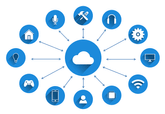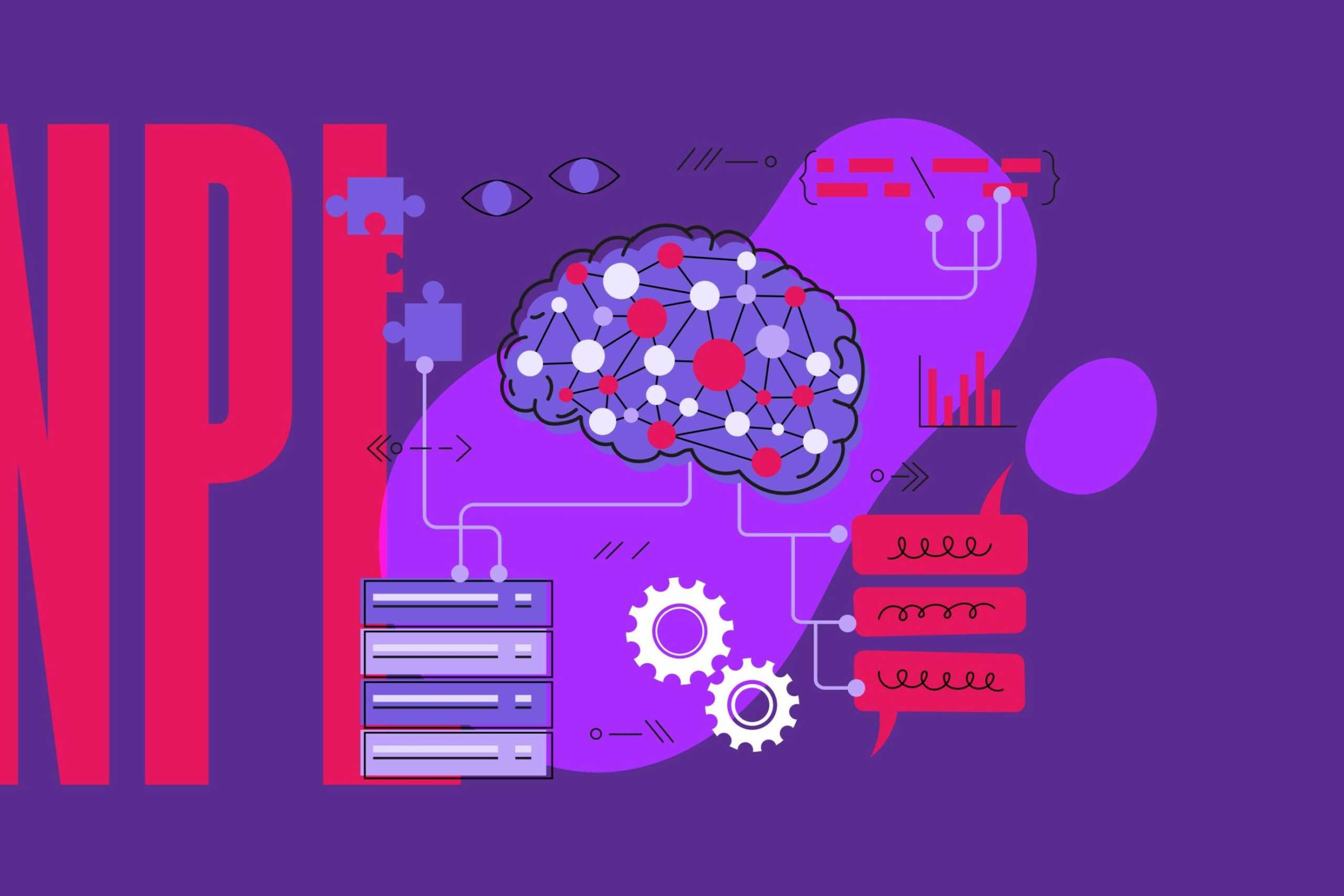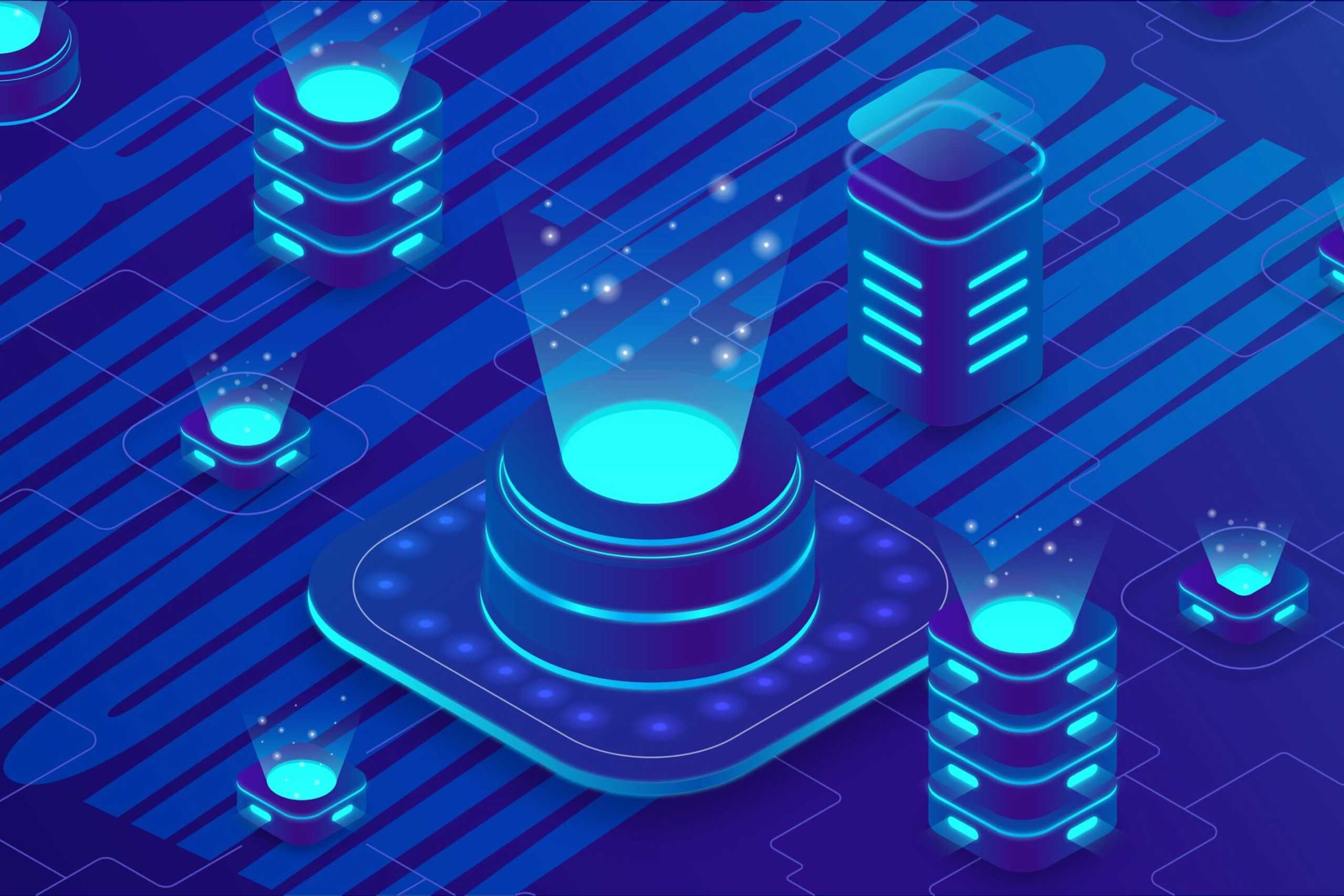
December 21, 2023
DevOps methodology is an ever-evolving field that supports successful digital transformation. Advances in tech, industry trends, and greater demand to meet customer expectations have led to a growing need for this kind of solution. There’s thus been huge market growth over the last few years, and this trend is predicted to continue into 2024 and beyond.
In fact, a recent study predicted the DevOps market will grow to $51.18 billion dollars by 2030—that’s up from $7.01 billion in 2021.
While the DevOps market can be unpredictable and is ever-evolving, there are some trends you need to know about to stay ahead as we move into the new year. In this article, we’ll touch on automation and AI, serverless architecture, and the importance of diversity and inclusion.
Keep reading to ensure you’re ahead of the DevOps game as we enter 2024.
1. Automation and AI
When it comes to trends and technological advances across industries, there’s one thing that can’t be denied – automation and AI tech are here to stay. As the DevOps market evolves, the two will continue to play a key role in helping teams run more efficiently and analyze data more effectively.
For example, automation tools can assist DevOps teams with handling data and delta streams. What are delta streams, you ask? Essentially, these simplify the act of streaming data into a lakehouse.
As well as automation tools, the effective use of AI can lead to better decision-making and increased performance.
Let’s first look at automation in more detail, before exploring the use of AI in DevOps further.
Automation
There are many benefits to automation, including:
- Increased efficiency. Automated AI tools can often complete tasks quicker and more effectively than humans. For DevOps teams, this means increased efficiency and meeting goals and targets faster.
- A reduction in man-made errors. Automation tools don’t tire in the same way employees do, and they aren’t affected by personal problems, lack of sleep, or the common cold. Automation reduces the risk of man-made errors by removing the human element of repetitive or monotonous tasks.
- Programming repetitive tasks. Automated tools can help DevOps teams program repetitive activities and therefore achieve their objectives faster. Doing so means staff can focus their energy on those tasks that aren’t yet able to be completed by digital technologies.
Artificial intelligence
Artificial intelligence can also be used in DevOps in a multitude of ways. For a start, predictive analytics can forecast future outcomes. By analyzing past deployments and performance metrics, AI tools can help teams improve their output.
Another trend in DevOps is the use of AI for operations and incident management. Using this effectively, teams can analyze data to detect and remediate issues faster. This can help predict problems before they occur and can be particularly useful for teams working on game development pipelines, for example.
Ultimately, automation and AI in DevOps is a trend you need to stay ahead of. Delivering improved performance, increased efficiency, and the ability to predict and prevent problems ahead of time, neither one is going anywhere fast.
2. Cloud-native technologies and serverless architecture
Cloud-native technologies allow organizations to run their operations efficiently by enabling them to build and utilize applications more effectively. For this reason, cloud-based technologies will continue to be widely adopted in DevOps as we head into 2024.
There are many ways in which DevOps teams can use these, including cloud data management and migration. The benefits of cloud-native technologies, such as microservices and serverless architecture, are vast and include:
- Faster deployment. DevOps teams can move quicker with cloud-based technologies. They can deploy and iterate on applications more rapidly, which is highly desirable in fast-paced organizations and industries.
- Improved scalability. Often, cloud-native technologies are easier for DevOps teams to scale and this therefore makes them highly advantageous.
- More flexibility. Cloud-native technologies offer DevOps teams more flexibility, allowing them to create and deploy applications using a wide range of tools.
- Cost-effective. The reduced need for physical infrastructure is often more cost-effective, enabling DevOps teams to save money and focus on other priorities.
As organizations seek to streamline DevOps operations, improve efficiency, and undergo digital transformation, cloud-native technologies and serverless architecture will thus continue to lead the way.
3. Infrastructure as code
Infrastructure as code (IaC) is another trend in DevOps that’s here to stay. It involves managing infrastructure using the same tools that are used for managing code. This means it’s easier for teams to automate the former and maintain consistency in their infrastructure configurations.
When combined with a multi-cloud approach, the result is standardization across multiple resources or applications, streamlined infrastructure, and greater consistency across platforms, which in turn enhances the user experience.
4. Low code/no code applications
Low code/no code (LCNC) applications use minimal coding and allow developers to create and manage apps quickly and easily. LCNC solutions continue to change the DevOps landscape because they:
- Enable developers to quickly build applications.
- Streamline DevOps by including monitoring and resource management tools.
- Speed up innovation.
- Reduce the workload for professional developers.
- Enable developers to act quickly on customer feedback.
With all these benefits, it’s no wonder that LCNC is a DevOps trend you need to know about to stay ahead in the new year.
5. The use of data analytics
Another key trend that’s only getting bigger in 2024 is the use of data analytics. Using effective analytics tools can continually improve performance and help give stakeholders a better understanding of their investments. Not only that, but DevOps teams, investors, and stakeholders can use data-driven insights to make better strategic decisions.
Better DevOps decisions lead to cost-effectiveness, better-quality applications, and increased uptake. For example, teams might use analytics to optimize software development processes by providing real-time data and feedback about these.
Or perhaps performance analytics are required to identify and analyze issues, allowing DevOps teams to continually improve their output and, therefore, the user experience.
There is an ongoing need for DevOps teams to understand and analyze the development and performance of their applications. As a first step, they may seek out data lake examples when considering their handling and analytics practices. The benefits of effective analytics are huge and, in today’s rapidly developing world of digital technologies, this need will only continue to grow.
6. An increased focus on security
With rapid advances in digital and cloud-native technologies, it’s no wonder that there continues to be an increased focus on security. As well as a need for enhanced data protection as we move into 2024 and beyond, DevOps teams need to consider:
- Application security. Teams will see an increased need to build security processes into application development. As technologies advance, so do security risks. Implementing these practices as part of the development process will become commonplace. This is referred to as DevSecOps.
- Cloud security. As we discussed earlier, there’s currently a surge in cloud-native technologies and infrastructure. It goes without saying that DevOps teams will have an increased focus on cloud security as these technologies develop and become more widely used. This may include data encryption, app configuration, or access controls.
- Compliance. With a growing focus on security in DevOps comes a growing focus on compliance practices. An IP phone service, for example, will need to meet GDPR protocols. DevOps teams will find a continuing and growing need to ensure they’re compliant with ever-developing industry regulations and standards.
To enhance security and streamline compliance processes, consider using a tool that allows you to create electronic signature solutions for important documents.
As organizations seek to protect their applications, data, and systems against cyber security threats, the need for a greater focus on DevOps security and compliance will grow. This is likely to lead to an increased need for DevSecOps specialists.
Final thoughts
As we head into 2024, it’s essential to stay ahead of these six trends. Of course, with a rapidly evolving field such as DevOps, it is impossible to predict exactly how the landscape will develop.
However, the trends outlined above certainly provide an insight into what the future of DevOps is likely to hold. As cloud-native and AI technology continues to evolve, so will it. The technological shifts mean that more organizations will embrace DevOps to meet their business needs and help them undergo a successful digital transformation.
If there’s one thing that’s for sure, it’s that DevOps itself is going nowhere.
Contact us
Swan Buildings (1st floor)20 Swan StreetManchester, M4 5JW+441612400603community@developernation.net






